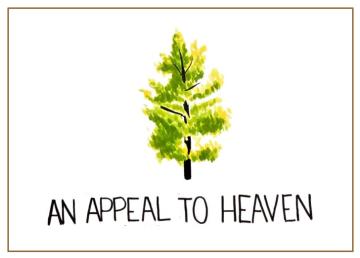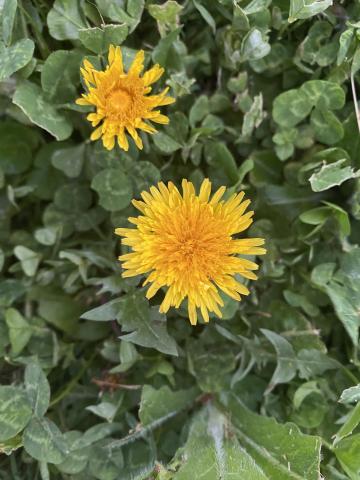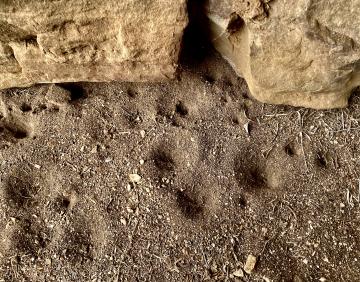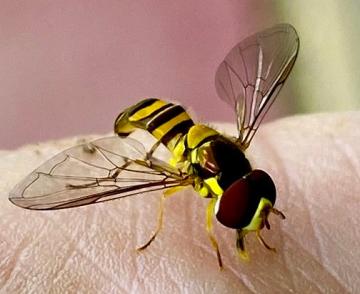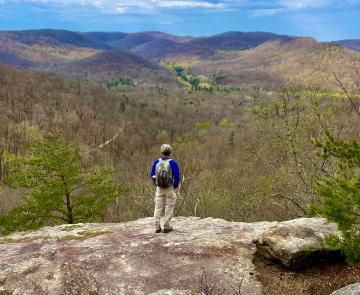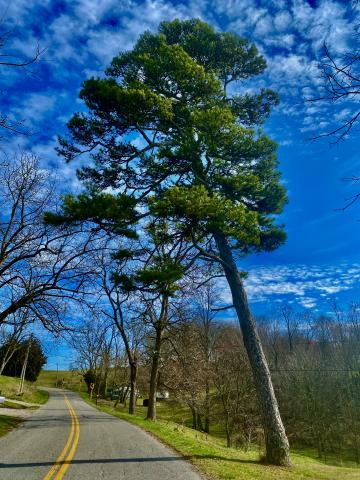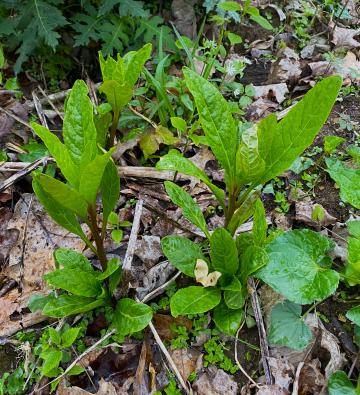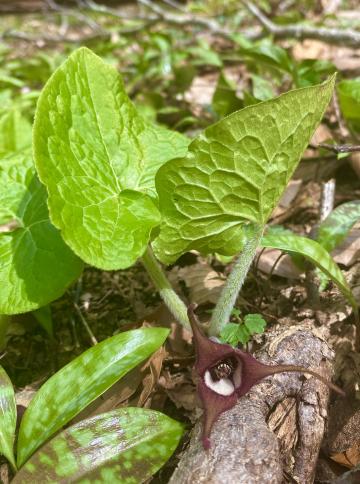Some Fourth of July History: An Appeal to Heaven
The first American Navy consisted of six schooners paid for and pressed into service by none other than General George Washington in 1775. He pleaded with the Continental Congress that he needed a Navy immediately, but true to form, the Congress endlessly debated on the need for a Navy, how to organize and fund ships, and so on until Washington’s patience was at an end, so he funded the ships himself.
